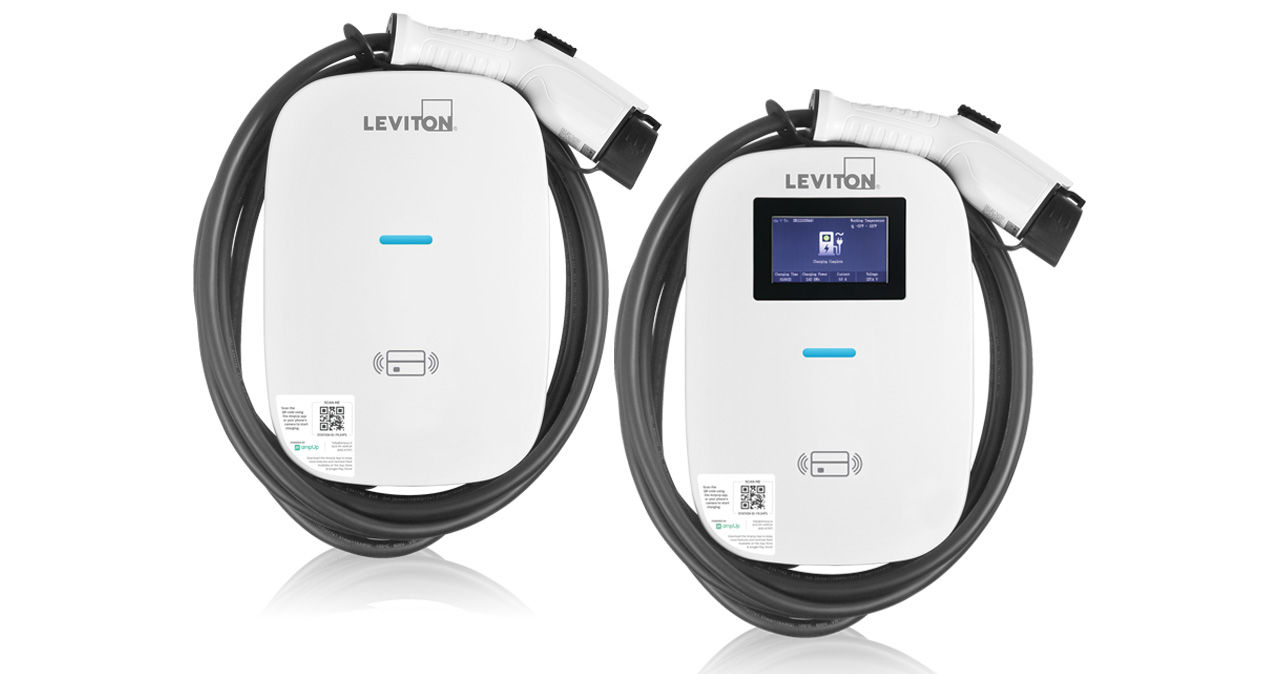Why Choose Level 2 Over Level 1?
It is important to understand why many customers prefer the Level 2 EV Charging Station over the Level 1 EV Charging Station. Level 2 charging reduces the charge time by up to five times compared to the Level 1 charging. Many customers want a Level 2 charger because it delivers safe, reliable, and secure power for electric vehicles. Additionally, Level 2 charging provides the benefit of “topping off” the electric battery in a relatively short period of time. If you’re unsure on which charger is for you, please refer to this link: EV Selector.
The Cost of Electric Vehicle Charging
Many customers automatically think that their electric bill is going to skyrocket when getting an EV charger for their vehicle, but this isn’t the case if you calculate it. To estimate your cost of charging at home, multiply your vehicle’s kWh/100 miles figure by the electric rate for the time of day you’ll most often be charging. That figure will tell you the cost per 100 miles and depending on the time of day you are charging your vehicle, the price will fluctuate. Tesla’s are more specific in that while the popular Tesla Superchargers in public spaces can ONLY charge Tesla vehicles, you can charge your Tesla virtually anywhere, including Leviton stations. The EVs and EV charging stations meet specific safety ratings and are designed to avoid water intrusion, so you can charge your EV when it is raining. Electric current will not flow through the charging cable to the EV until a proper connection has been made.
To optimize your charging stations, if you’re using Leviton’s public charging stations you have the option to charge drivers to use your station. You can also monitor energy usage and generate reports. In terms of unplugging the charger, there are car settings that prohibit your car from being unplugged if it’s still charging. You can also set it so that others can freely unplug the charger if you’ve reached a full charge or whatever designated charge you have for your car.
Navigating the world of EV charging can feel overwhelming, but with the right knowledge, selecting, installing, and optimizing your charging station becomes much easier. From understanding the rebates and incentives to choosing the right charger for your vehicle, every detail plays a role in ensuring a seamless charging experience. As EV adoption grows and infrastructure expands, having a reliable charging setup will enhance convenience and keep you powered on the go.
For more information on EV Charging, visit EV Chargers | Level 2 EV Chargers | EV Charging Stations.
